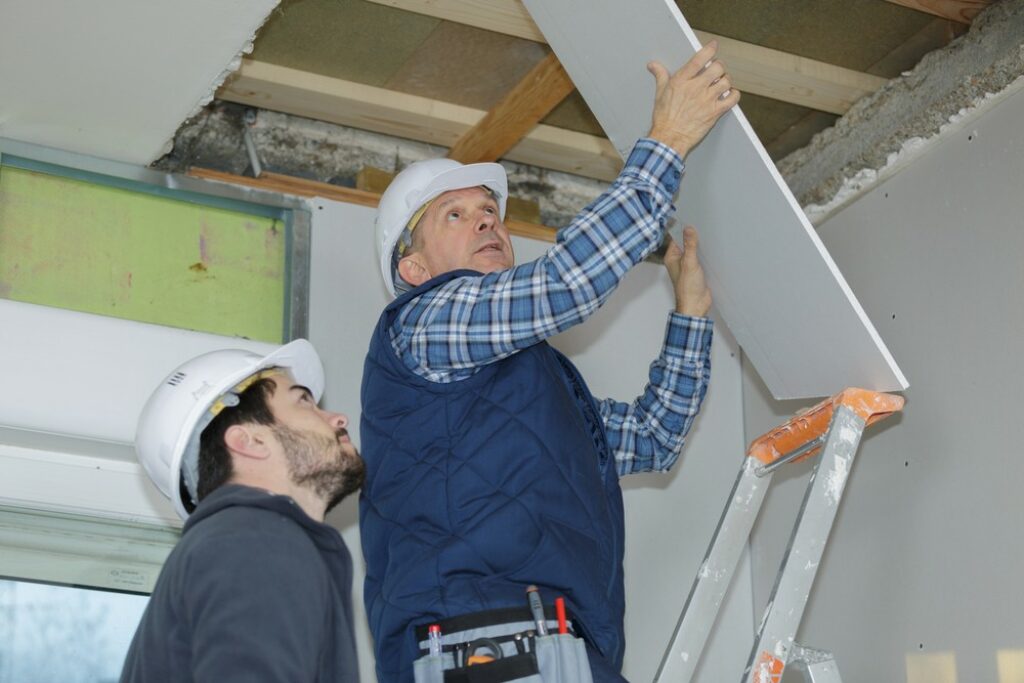
When To Call a Structural Repair Contractor
Every building needs repair work eventually, especially if it’s old or wasn’t built very well to begin with. If you notice any of the tell-tale signs of structural damage, then it’s time to call a structural repair contractor (SRC). These professionals will also be able to find hidden problems.
Related Topics (Sponsored Ads):
In just about any city in the world, walk around long enough and you’ll find ancient, crumbling buildings that desperately need repair. Having a sturdy and well built structure is crucial for safety reasons and the overall longevity of any building. Over time, however, all sorts of structural issues begin to arise, due to various factors. These factors include aging, poor construction, mold, earthquakes and other natural disasters. Recognizing when it is necessary to call an SRC is essential to address these problems promptly, before any serious illness or injuries occur.
Keep reading to discover the eight key signs that indicate it’s time to seek the expertise of a structural repair contractor.

Visible Cracks and Wall Damage
One of the most evident and easily recognizable signs of structural issues is the appearance of cracks on the walls, both interior and exterior. These cracks may be horizontal, vertical or diagonal in shape, and can range in size and severity.
Additionally, you may also notice the walls bulging or leaning, indicating a legitimate foundation problem. As a rule of thumb, if the cracks exceed 1/4 inch in width and gradually continue to get worse, it is imperative to contact a certified SRC as soon as possible for a thorough inspection, in order to carry out the appropriate repairs.
Uneven or Sagging Floors
If you notice that your floors are starting to become uneven, sag, or feel unstable, then this is another clear indication of a structural problem. This issue may stem from a faulty foundation settlement or damage to load-bearing beams and joists. An experienced SRC will assess the situation and determine the precise underlying cause of the uneven floors. They can then implement the necessary repairs, such as reinforcing the supports or improving the building’s foundation.
Doors and Windows That Won't Close Properly
When doors and windows refuse to close properly, also known as sticking, this may be a sign of underlying structural issues that aren’t readily obvious to the eye. Foundation settlement or shifting can cause building misalignment, making it difficult to open or close doors and windows smoothly. This can lead to further damage over time if left unaddressed. In this case, the SRC will check out the ground base of the building and provide effective solutions, such as adjusting the frames or renewing the ground base of the building.
Excessive Moisture or Water Intrusion
Water intrusion is one of the most common culprits of major problems with walls, floors and ceilings, quickly causing severe damage to the structural integrity of a building. If you notice persistent leaks, excessive moisture, or water stains on walls, ceilings, or floors in your kitchen or bathroom, it’s crucial to investigate the source of the problem and fix it promptly.
Water damage compromises the strength of building materials, leading to rot, decay, and even mold growth that causes allergies. In severe cases, out of control mold can even be life threatening if one is exposed to it for prolonged periods of time. In this scenario, the SRC’s job will be to identify the water entry points, repair any damaged areas, and apply various measures to prevent future water intrusion.
Settling or Shifting Foundation
Foundation issues are a serious concern that should never be ignored. Signs of foundation problems include uneven floors, cracks in walls and floors, misaligned doors and windows, and visible gaps between walls and ceilings. These imperfections can also cause injury while walking along the floor.
If you suspect foundation settlement or shifting, do not delay. After consulting with an SRC, a thorough inspection will be conducted. This assessment will include the total extent of the damage, along with recommendations regarding effective repair methods.
Bowing or Leaning Walls
Deformed walls can indicate structural issues, especially in older buildings or those subjected to excessive external pressure. These problems are commonly caused by soil expansion, poor drainage, or hydrostatic pressure. Bowing walls pose a significant risk to the overall stability of the structure and should not be ignored. The SRC can evaluate the situation, determine the cause of the wall movement, and implement the necessary solutions.
Excessive Vibrations or Tremors
If you’ve been feeling vibrations or tremors within a building, especially strong ones, then this is a serious sign of structural instability that requires immediate attention. These shaking sensations can be caused by a range of factors, including nearby construction, trains, heavy traffic, or even geological activity.
If you notice persistent vibrations or shaking, it is advisable to consult with an SRC who will inspect the building to identify potential weaknesses, and recommend appropriate measures to enhance the structure’s stability and safety.
Final Thoughts
In some cases, there may not be any readily visible signs of structural damage, but that doesn’t mean they aren’t there.
Whether there is an issue or not however, it is still beneficial and wise to get into the habit of seeking a professional analysis from a structural repair contractor every now and then. The sooner any physical problem is discovered and tended to, the easier and less costly it will be to fix. You will be able to rest with peace of mind, knowing that the building you live or work in is safe, clean and secure.




